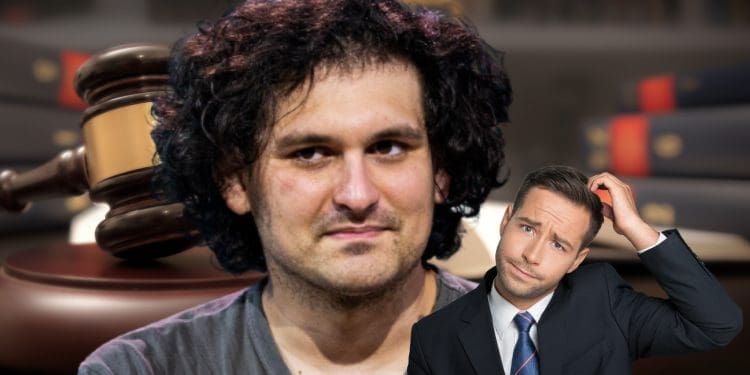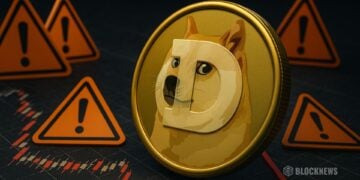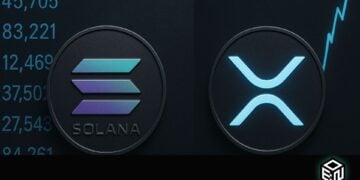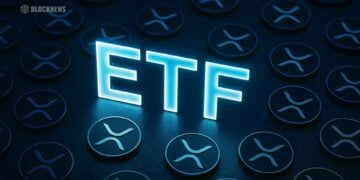- Bankman-Fried blamed former top lieutenants like Caroline Ellison for FTX’s collapse, saying he had concerns about Alameda’s hedging and did not think FTX had a balance sheet hole.
- Bankman-Fried claimed massive customer withdrawals in early November 2022 caused a “run on the bank” at FTX, though he had tweeted assets were fine.
- Prosecutors intensely cross-examined Bankman-Fried, confronting him with documents and past statements that appeared to contradict his testimony.
Sam Bankman-Fried, the founder of the now bankrupt cryptocurrency exchange FTX, is on trial for fraud charges related to FTX’s collapse in November 2022. Bankman-Fried pleaded not guilty, but prosecution witnesses painted him as central to FTX’s misuse of customer funds. As the trial nears its end, Bankman-Fried took the stand in his own defense.
Blaming Former Top Lieutenants
On his second day of testimony, Bankman-Fried spent much of the time blaming his former top lieutenants for FTX’s demise. He took aim at Caroline Ellison, former CEO of FTX’s sister hedge fund Alameda Research, saying he had expressed concerns to her multiple times about whether Alameda was properly hedged against crashing crypto prices.
Bankman-Fried also blamed former FTX colleagues Gary Wang, Nishad Singh, and Can Sun for withdrawal backlogs, problematic personal loans, and misleading spreadsheets, respectively. He maintained that he did not think FTX had a hole in its balance sheet.
Describing FTX’s Downfall
According to Bankman-Fried, customer withdrawals increased from $50 million to $1 billion per day in early November 2022, sparking a “run on the bank.” He defended his tweets during the panic that claimed “assets are fine,” saying he believed Alameda’s net asset value was roughly $10 billion and FTX did not have a hole in its balance sheet.
On November 8, Bankman-Fried realized Alameda would need to be shut down. He scrambled to secure outside investment due to massive customer withdrawals. But he could not stop FTX’s collapse.
Facing Intense Cross-Examination
After the defense’s direct questioning, prosecutors cross-examined Bankman-Fried. He gave brief, evasive answers, often claiming not to recall specifics. Prosecutors followed up with documents and past statements that appeared to contradict his claims.
The prosecution questioned Bankman-Fried’s credibility, referencing his past profane comments about regulators. The cross-examination is expected to be devastating for Bankman-Fried’s attempt to absolve himself of responsibility.
Conclusion
Bankman-Fried took the stand to undermine prosecution witnesses and deny fraud charges. But he faced intense cross-examination that could further incriminate him. His testimony represents a major gamble as his trial reaches its final stages.














